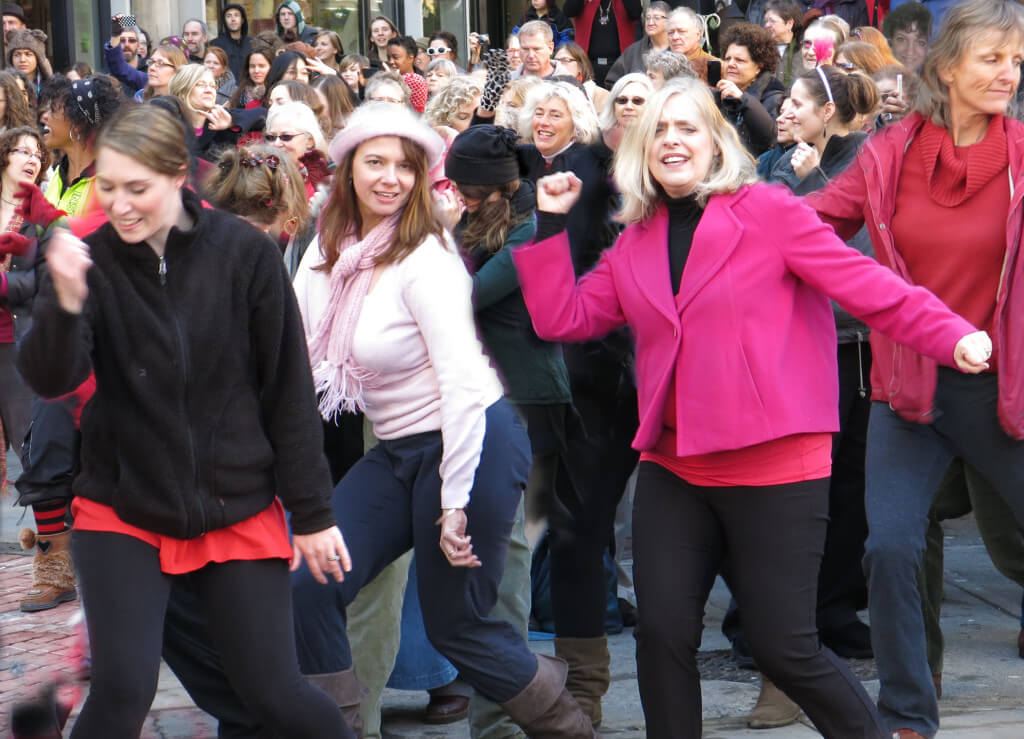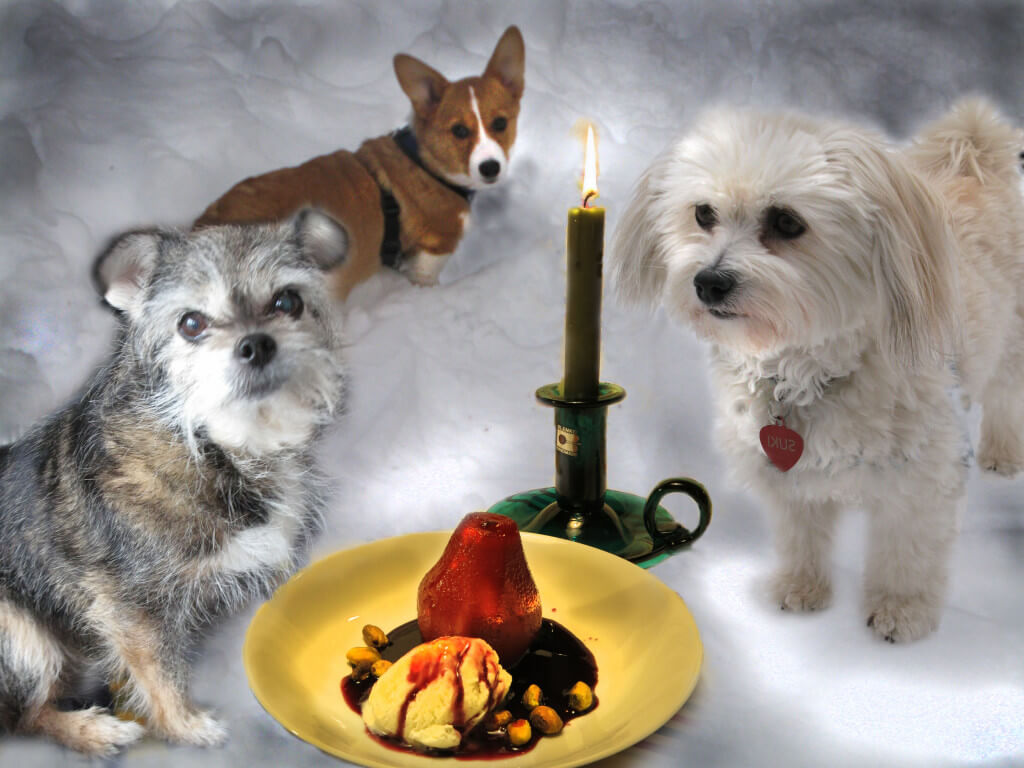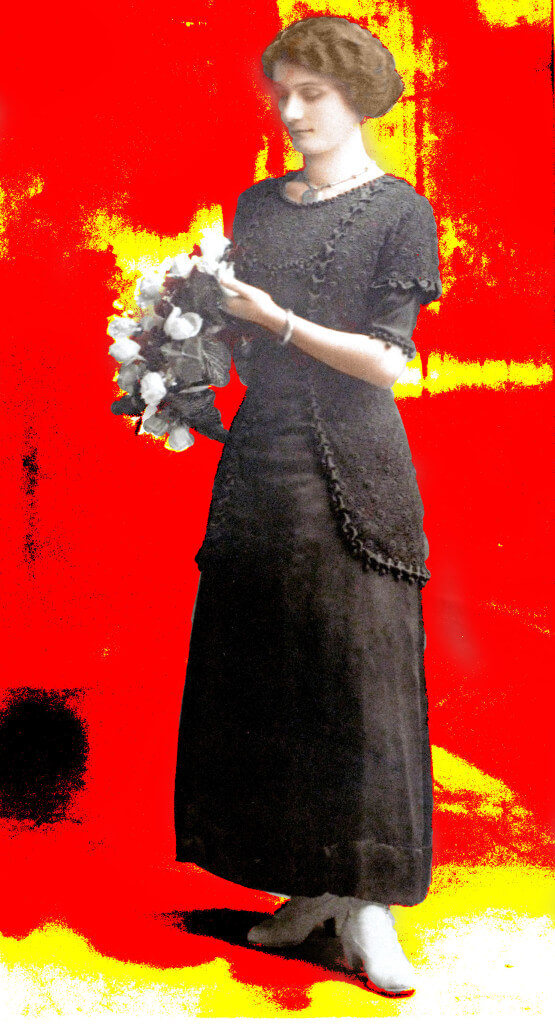A haunted house. I stop the car because I grew up with such a house across the street from my home. As a curious kid I peeked into the clouded windows to find traces of the house’s history, its inhabitants. Even empty, there was a vague residue of the lives that came and went, tiptoed and stomped, opened and closed its doors. Today, only a few miles from my current home, this haunted house captivates my imagination as I open and close the endless doors on my grief. It takes me back to March 2011, when my daughter died. In my book I write:
 On Wednesday, the second of March, I have only a couple of days to make friends with death. Only days to accept and adopt my new reality. But once you’re resigned to the idea that your loved one is dying, you can see death’s beauty, its absolute magnificence. There are many who will rave about watching a birth, welcoming incoming life that blooms forth from womb to world. But far more awesome is the parting of life, witnessing its end. For we can trace the path life takes when it enters the world, way back, to the source of the seed. But life departing is shrouded in mystery. Try to watch it evaporate from the still form of your beloved into nowhere, and you will stare, transfixed, on an invisible anticlimactic drama, waiting for only the signs of a soul already taken flight. The just-stopped pulse; the shutting down of organs; the empty lifeless eyes of the container that once carried the brilliant smile, the knowledge and experience, the song, the passions, the promise. The presence. The astoundingly beautiful mystery of where life goes in the time it takes for a heart to stop beating makes death such intriguing company to sit with and try to contemplate. Is the life locked dormant inside or does it dissipate into the negative space between the grieving parents? Does it escape into countless particles of dust waiting to capture infinitesimally tiny sparks of light? Or are there a gazillion invisible, homeless, sperm-like souls freed from their earthly shells, swimming upwards, forever crammed invisibly around us, that hover around the ones they loved and left behind, hoping to be reborn? But it is past the time for hope. Empty is empty. By Friday my daughter’s body is vacant. A vacant well-loved house, that now stands abandoned, whose scuffed walls record stories of joy and sorrow, whose windows once expelled sounds of laughter, sweet songs and sometimes thunder. Vacancy. Gone.
On Wednesday, the second of March, I have only a couple of days to make friends with death. Only days to accept and adopt my new reality. But once you’re resigned to the idea that your loved one is dying, you can see death’s beauty, its absolute magnificence. There are many who will rave about watching a birth, welcoming incoming life that blooms forth from womb to world. But far more awesome is the parting of life, witnessing its end. For we can trace the path life takes when it enters the world, way back, to the source of the seed. But life departing is shrouded in mystery. Try to watch it evaporate from the still form of your beloved into nowhere, and you will stare, transfixed, on an invisible anticlimactic drama, waiting for only the signs of a soul already taken flight. The just-stopped pulse; the shutting down of organs; the empty lifeless eyes of the container that once carried the brilliant smile, the knowledge and experience, the song, the passions, the promise. The presence. The astoundingly beautiful mystery of where life goes in the time it takes for a heart to stop beating makes death such intriguing company to sit with and try to contemplate. Is the life locked dormant inside or does it dissipate into the negative space between the grieving parents? Does it escape into countless particles of dust waiting to capture infinitesimally tiny sparks of light? Or are there a gazillion invisible, homeless, sperm-like souls freed from their earthly shells, swimming upwards, forever crammed invisibly around us, that hover around the ones they loved and left behind, hoping to be reborn? But it is past the time for hope. Empty is empty. By Friday my daughter’s body is vacant. A vacant well-loved house, that now stands abandoned, whose scuffed walls record stories of joy and sorrow, whose windows once expelled sounds of laughter, sweet songs and sometimes thunder. Vacancy. Gone.
Two years have passed since my daughter died. The abandoned house that stands before me now has a peaceful worn-in charm. Respectfully I approach the threshold to snap pictures and consider how I could photo-shop a ghost of Marika’s image onto its porch. I’d put her sitting on the stairs watching the world on Route 96 rush by out of Ithaca. Maybe I’d put my own face in a window or peering out the door, beckoning her to come inside.
But this house is hauntingly beautiful by itself. It wears its own stories and songs in the chipped paint that reveals familiar patterns in weathered wood. There’s no need to imprint my longings on it. I’m filled with a deeper regard for others’ hearts and homes that house the memories of lost loved ones.
How do you house your memories? Is there a haunted house in your life? Is your own home haunted?


